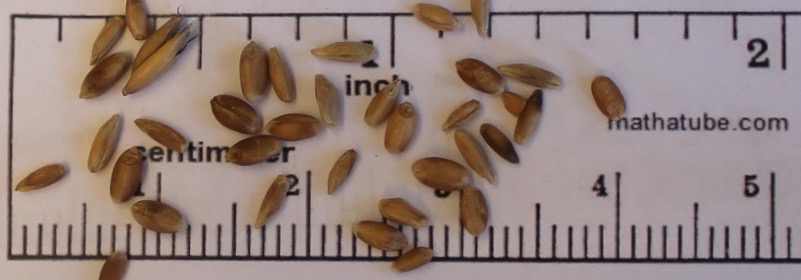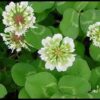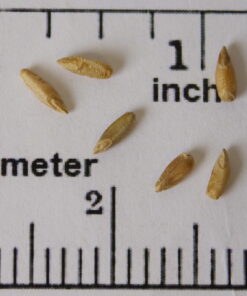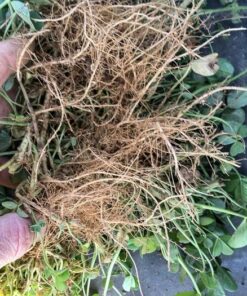Pasture Mix (Wheat and Rye)
$18.50 /50 lbs (50 pound bag)
Our Pasture mix is a blend of Wheat and Rye. The addition of Rye provides earlier forage and more forage potential during the colder growing period.
189 in stock
Our Pasture mix is a blend of Wheat and Rye. The addition of Rye provides earlier forage and more forage potential during the colder growing period.
| Planting Time | Planting Depth | Planting Rate |
| Late summer or early fall. | 1-2″ | Drilled 60-120 lb. |
| Weight | 50 lbs |
|---|---|
| Dimensions | 29 × 17 × 7 in |
Be the first to review “Pasture Mix (Wheat and Rye)” Cancel reply
You must be logged in to post a review.
Related products
Shallow-rooted clover that is used in grass mixtures for pasture and wildlife. Due to the shallow-roots it likes soils with adequate moisture.
Introduced winter annual and herbaceous legume. The leaves and stems of crimson clover resemble those of red clover, but the leaves are round-tipped with more hair on the stems and leaves.
VNS Rye is a variety not stated cereal rye. Normally this indicates an Northern Cereal Rye which produces less forage than the Southern types. Do not confuse with ryegrass or southern cereal rye.
Unique cool-season annual legume native to the northeastern Mediterranean region and becoming widely used in North America and other parts of the world. Balansa can be used for grazing, hay, cover cropping, and wildlife feed.
New rust-resistant, a cultivar of white-flowered, annual sweetclover (Melilotus albus Medik.) adapted to the south and central Texas.
Bob oats are public release of oats and is considered a Red Winter Oat or a Red Rustproof oat compared with oats from the 1865's.
Released in 2005 from Texas A&M system this oat has out performed most other small grains for forage yields and when grazed and harvested has returned highest monetary returns.
New long-lasting white clover that promises great performance for years to come. Renovation was bred for maximum stolon density, longer life, and greater animal performance.











Reviews
There are no reviews yet.